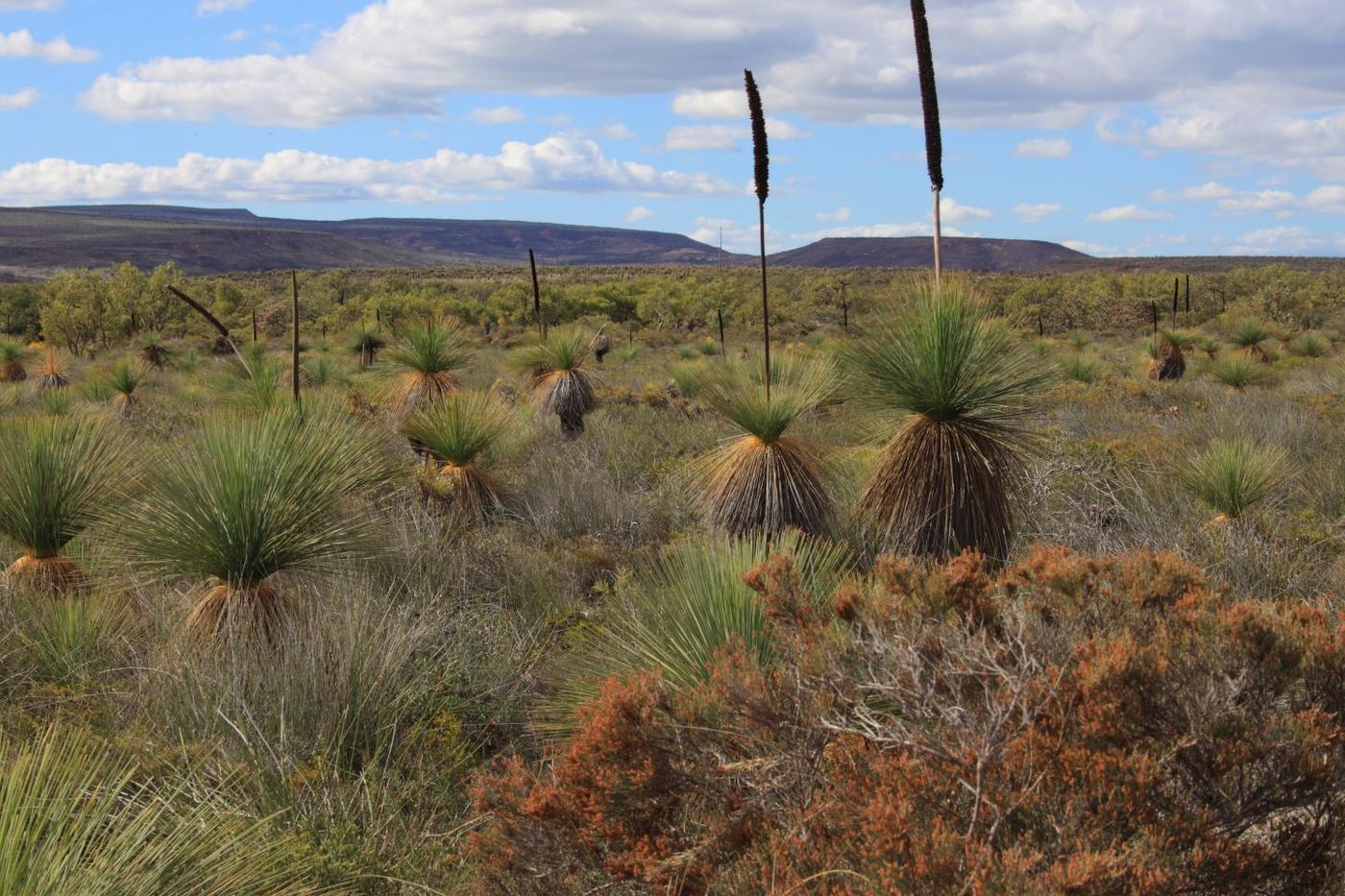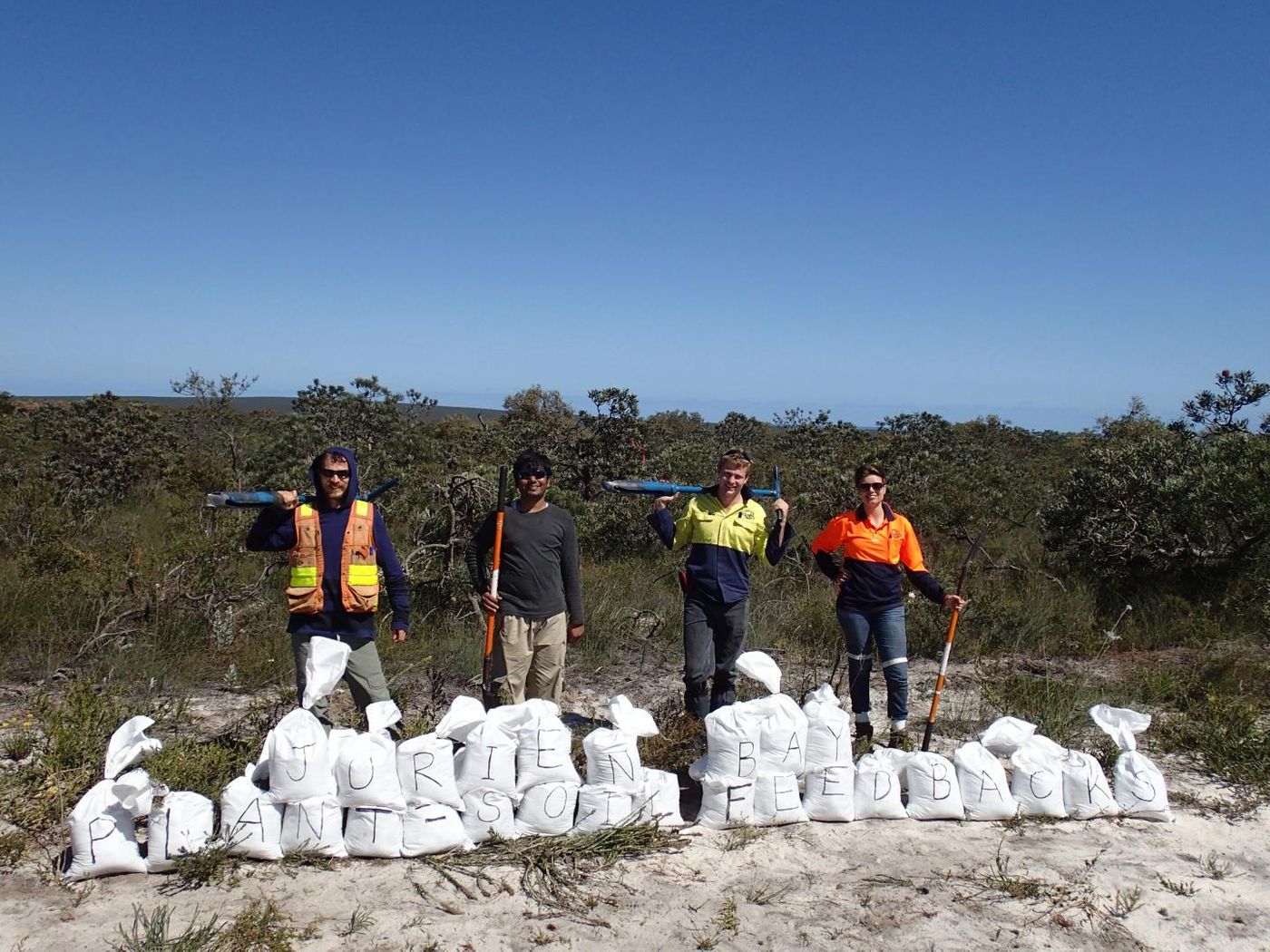In Nutrient-Scarce Ecosystem, Microbe-Plant Collaboration Creates Diversity
More than half of all known plant species survive in rainforests on wet, infertile soil. A different kind of environment supports another 20 percent of plant life, the shrublands of southwestern Australia, which have the cheeky nickname "knee-high tropical rainforests.” In both cases, there is a dearth of nutrients available to plant life, which colludes with fungi and bacteria to scavenge all nutrients possible. Reporting in Science, researchers have learned that the microbe selected by a plant as a partner has an impact on many parts of the plant-soil relationship, and that impact creates diversity in those ecosystems.
Soil is rich with mircoorganisms which have both beneficial and harmful effects. Plants utilize microbial life that surrounds them to collect vital nutrients like nitrogen and phosphorus from their environments. Dependent on the microbe used by a plant, there may be a good or bad impact from the microbe, whether it be a nitrogen-fixing bacterium a mycorrhizal fungi or, the plant might simply work by itself. Researchers grew plants in various soil types and saw that soil had a different effect on the plant, positive or negative, depending on the process used for collecting nutrients. That feedback effect could explain the high amount of diversity seen in shrubland.
"Although these results are from shrublands that experience a Mediterranean climate, they have relevance to our understanding of tropical forest ecology, because they suggest that nutrient acquisition strategies drive patterns of variation in plant-soil feedbacks" said Ben Turner, staff scientist at the Smithsonian Tropical Research Institute (STRI). "For example, a considerable body of work at STRI has shown that in lowland neotropical forests, where trees associate primarily with arbuscular mycorrhizal fungi, the predominant feedbacks between plants and soil microbes are negative-that is, seedlings fare worse when growing close to adults of the same species. In contrast, in the tropical highlands near the Smithsonian field station in Fortuna, Panama, some tree species associate with ectomycorrhizal fungi and dominate large areas of forest, suggesting positive plant-soil feedbacks."
It has remained unclear to tropical biologists why so many different species of rainforest trees exist. "With so many plant and tree species in the tropics, the full range of nutrient-acquisition strategies employed by all those species is largely unknown," said Graham Zemunik, an STRI post-doctoral fellow. "So a range of plant-soil feedbacks, as we see in these Mediterranean-climate shrublands in Australia, may also be taking place here."
"This year we received a large grant from the Simons Foundation that allows us to build on our 100-year legacy of tropical research," said William Wcislo, the Deputy Director of STRI. "We're building a team to integrate genetic, genomic, soil science, microbiology and plant science to understand the role of the microbiome at scales from individual plants to tropical forest ecosystems."
The following video from the University of Nottingham, not related to this study, explains how microbes can help plants fix nitrogen - so microbes can help plants nourish themselves without the use of fertilizers.
Sources: AAAS/Eurekalert! via STRI, Science











